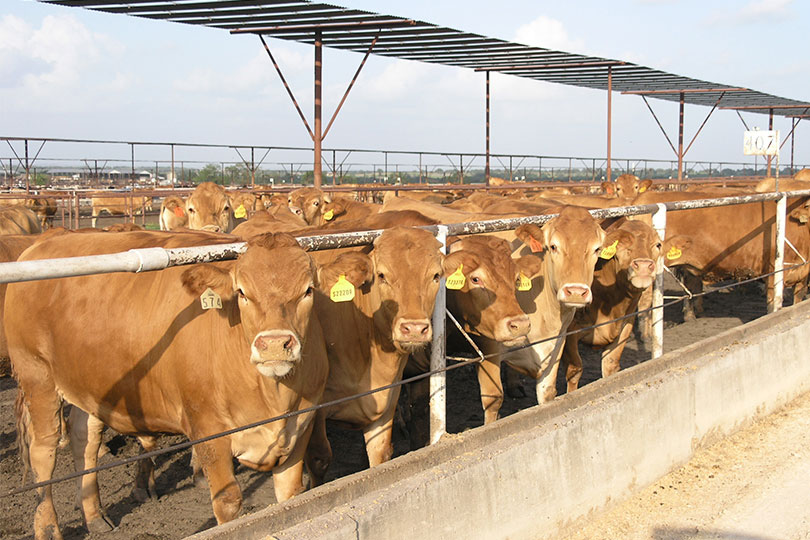By Julie Tomascik
Editor
An extensive report on the U.S. cattle market, including information on supply chain disruptions, was published in early October.
The report was completed by the Agricultural and Food Policy Center (AFPC) at Texas A&M University in response to a request from Congress and the U.S Department of Agriculture (USDA).
“This is the product of a collaboration between the AFPC and the Office of the Chief Economist at the USDA,” said Dr. Bart Fischer, co-director of AFPC and one of the book’s editors. “The work originated from a request by the bipartisan leadership of the Committee on Agriculture in the U.S. House of Representatives during the 116th Congress.”
The book, The U.S. Beef Supply Chain: Issues and Challenges, is the result of a cattle markets workshop hosted by AFPC in June. Texas Farm Bureau (TFB) had representatives in attendance at the meeting.
“We are pleased to see the House Agriculture Committee make the beef cattle market a priority last year,” Tracy Tomascik, TFB associate director of Commodity and Regulatory Activities, said.
“Now that this report has been published, we look forward to continuing our work with those representatives to find workable solutions to the challenges farmers and ranchers are facing.”
Several market disruptions, including the 2019 Kansas meatpacking fire and the COVID-19 pandemic’s effect on packing plants, are addressed in the book.
“In our discussions among cattle industry stakeholders, the viewpoints on solutions to current concerns about cattle markets were highly diverse,” said Dr. David Anderson, Texas A&M AgriLife
Extension Service agricultural economist, who contributed to and was an editor for the book.
Price discovery
Although less than 30% of the transactions are from cash negotiations, economists consulted for the report felt fed cattle price discovery was robust. They did note that additional transparency would help build confidence in the market.
There was consensus that price discovery is valuable to how cattle markets, including fed cattle markets, function.
“But agreement on any related policy changes remains an open question, and there is also concern about the unintended negative consequences of otherwise well-intentioned policy changes,” he said.
The report noted that reliance on formula pricing significantly reduced transaction costs associated with negotiation and induced predictability in the supply chain.
Market concentration
Findings from the AFPC’s evaluation of cattle market concentration confirmed and validated the connection between fed cattle price and packer capacity.
“With respect to fed cattle pricing, research shows that alternative marketing arrangements do not create power because they do not change underlying supply and demand fundamentals,” the report noted.
Research confirmed that increased operating efficiencies of larger packing facilities offers a market benefit to cattle producers. This inherently creates some buyer leverage due to the limited number of packers, but researchers indicated their findings show it is a small impact.
The cattle business is cyclical, and that must be taken into account, the authors noted.
“While cattle supplies have outpaced available packing capacity, that will not always be the case,” the authors said. “As a result, anyone who decides to build additional capacity must understand those market dynamics and be aware that packer margins can plummet with that cycle.”
The report also noted the decline in packing capacity is not a recent event but has occurred over several decades.
“Expansion of small and regional packing capacity needs to be done in a way that is sustainable and economically viable,” it states.
Minimum cash transactions
The report notes that imposing mandatory minimums on negotiated, or cash, transactions could negatively effect cattle producers, potentially imposing billions that would be passed down to cattle producers in the form of lower prices.
More information
“It is abundantly apparent the U.S. cattle and beef industry represents one the most complex set of markets in existence today,” Anderson said.
The book breaks down many of those complex issues and addresses the overall situation of the U.S. cattle market.
The full book can be viewed here. More information is available on the AFPC website at afpc.tamu.edu.


Had a question with only 30% of cash cattle being transacted where does the other 70% come from. Over 50% becomes a monopoly and yes foreign buyers are starting to buy our p r e feedlot cattle before they go into the feedlot.Interesting!